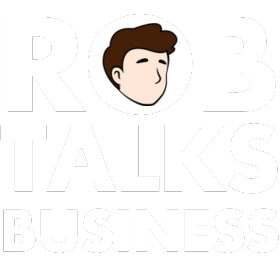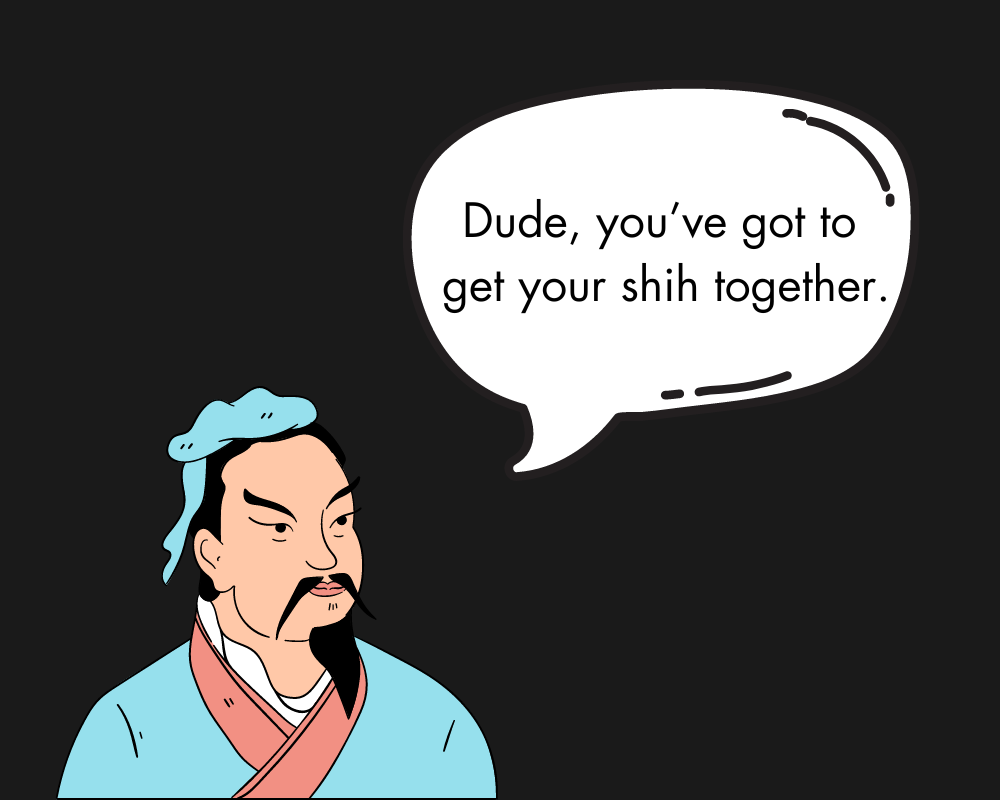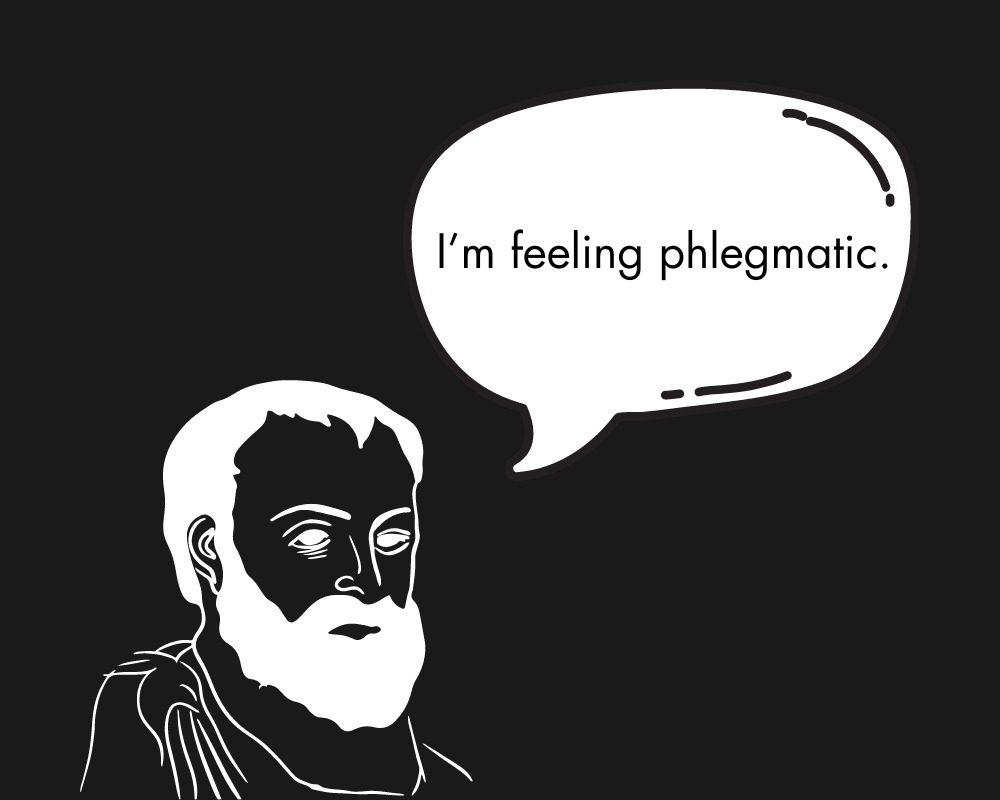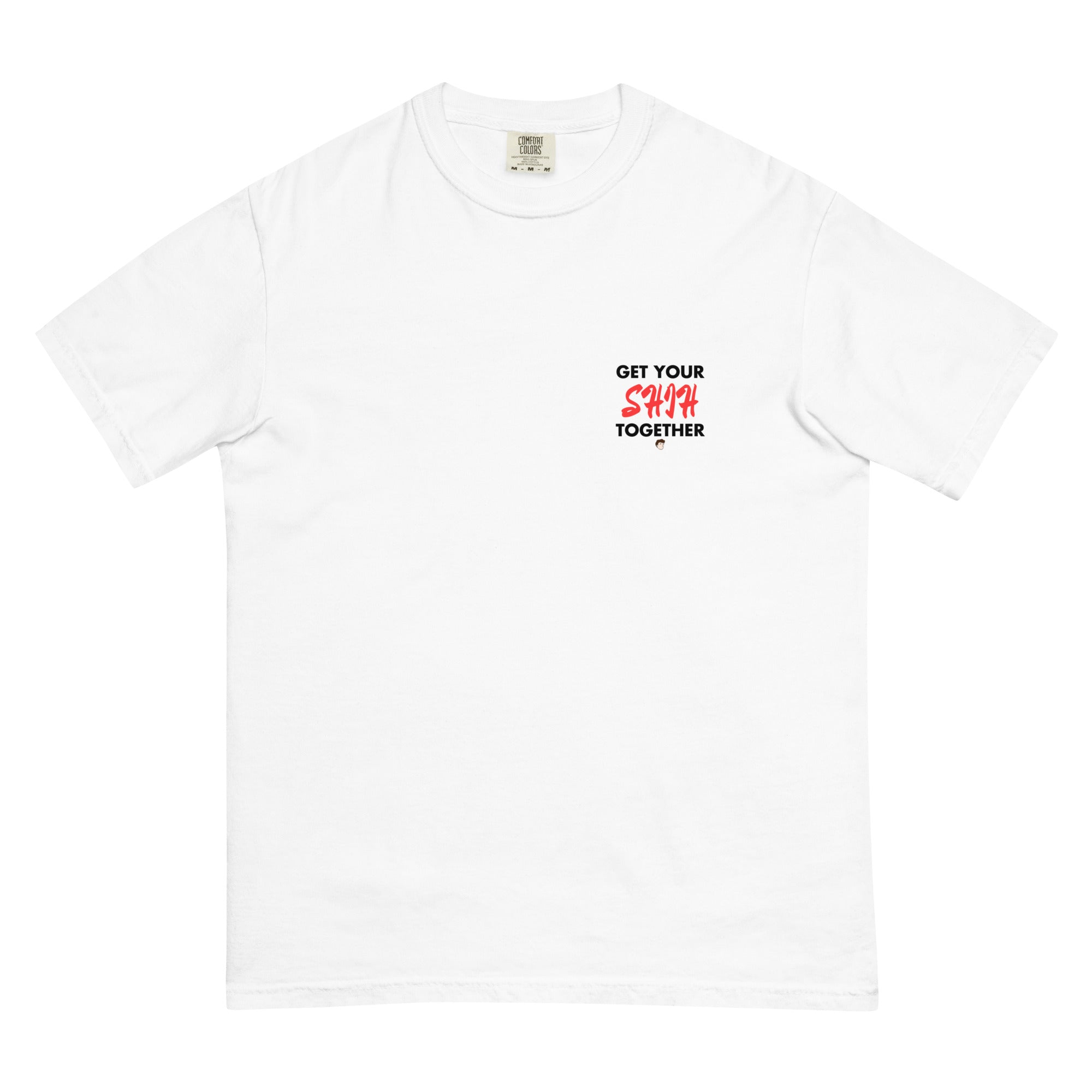“As for the nature of trees and rocks - when square, they stop. When round, they go.” - Sun Tzu
History teaches us that human nature is cyclical, predictable.
As much as we believe we are progressing, the same patterns play out across centuries - ambition, competition, fear, and desire.
To master these currents, we must look to the past and understand that nothing is truly new. However, there is one thing that is undeniably true about the modern world: it is growing more dynamic by the day.
The rise of the internet, and more crucially, the impact it has had on the human mind and attention span, has created a battlefield where adaptability is not just an advantage - it is a necessity.
Messaging, once linear and static, must now mirror the shifting preferences of consumers in real time. The world will be even more fluid tomorrow, and those who fail to prepare will be outmaneuvered and left behind.
Strategic Thinking vs. Formulaic Thinking
In the language of business, the word "strategy" is often misused - reduced to a series of steps or a brilliant plan.
But this is not true strategy; it is mere formula.
Formulas give the illusion of control but crumble when the unexpected strikes.
Real strategy, as Sun Tzu has shown us, is about positioning yourself in such a way that you have options - more options than your opponent, more angles to exploit when the moment demands it.
The Power of Shih: Potential Energy in Messaging
Sun Tzu’s concept of shih, the potential energy of a strategically advantageous position, is the essence of true power.
Like a boulder perched at the edge of a cliff or a bowstring pulled taut, shih is the ability to release force in any direction when the time is right.
In war, this is the general's supreme advantage. In marketing, it is the brand’s ability to adapt its messaging fluidly, without losing its core identity.
In today’s hyper-dynamic world, the most successful brands are those that prepare themselves for the unexpected, positioning their messaging like the bowstring - ready to pivot and strike when the market shifts.
To remain static is to be crushed by the weight of change. To remain fluid is to control the flow of the battle.
Adaptive Messaging: Flexibility Over Rigidity
Just as Sun Tzu counseled against rigid battle plans, so too must brands resist the temptation of rigid messaging strategies.
Flexibility in messaging is not a weakness; it is a source of strength.
Your brand’s core message must be strong enough to endure but flexible enough to evolve with the shifting dynamics of the marketplace.
Consider Nike.
Its foundational slogan, "Just Do It," has been the bedrock of its messaging for decades.
Yet, in 2018, Nike shifted its strategy - aligning with Colin Kaepernick and the NFL protests. The message stayed true to the core value of pushing limits and defying the odds, but the execution adapted to a new cultural moment.
This bold move was not without risk, but Nike’s ability to pivot while maintaining its core identity reinforced its strategic strength.
The brand’s relevance surged, sales spiked.
This is the power of shih - positioned to strike at the right moment, in the right way.
Multi-Channel Engagement: A Strategy of Positioning
Sun Tzu understood that to win, you must dominate the terrain.
In today’s digital world, this means engaging your audience across multiple channels, positioning yourself to strike from any angle.
Consider Coca-Cola.
Coca-Cola’s "Share a Coke" campaign is a masterclass in this approach.
By adjusting its messaging to fit each platform - social media, TV, in-store activations, and billboards - Coca-Cola ensured that its message permeated every corner of the marketplace, while remaining nimble enough to tailor its voice to the audience on each platform.
On Instagram: Coca-Cola used visual storytelling, highlighting photos of users sharing Coke bottles with friends and family. The messaging emphasized connection, using hashtags like #ShareaCoke to encourage sharing.
On Twitter: The messaging here was more conversational and real-time. Coca-Cola used Twitter to engage with customers directly by responding to tweets, retweeting user photos, and even creating personalized responses for those who tweeted their names.
On Facebook: Coca-Cola’s Facebook messaging emphasized personal stories and memories associated with sharing a Coke. They used longer-form content, like user stories and experiences, while promoting the core idea of “sharing” across generations and cultures.
On TV: The TV ads took a more emotional and universal approach. They showcased scenes of people connecting, from friends at a party to families at a picnic, all made special by sharing a Coke. The messaging here was broad but emotional, using music and storytelling to highlight Coke as a bridge that brings people together.
In-Store: In stores, the messaging was straightforward and product-focused. Bottles were printed with names, and signage emphasized finding and sharing a Coke with someone special. It was about the personalization of the product, with the call-to-action being to search for bottles with names of friends and family. The messaging was simple: “Find a bottle with your name or someone else’s and share.”
On the Website: On Coca-Cola’s website and through digital ads, the messaging was personalized and interactive. Users could create custom Coke bottles with names or nicknames and have them sent to friends. This digital messaging emphasized personalization, allowing people to take control of the "sharing" concept and expand it through customization.
On Billboards: In outdoor advertising, Coca-Cola used large-scale billboards featuring names on bottles in bold, simple fonts. The messaging was minimalist but impactful, reinforcing the idea of seeing your own name, or someone else’s, on a Coke bottle. The call to action was direct: “Share a Coke with [Name]” or simply, “Share a Coke.”
On YouTube: Coca-Cola’s YouTube ads were shorter, bite-sized versions of their TV commercials, focusing on quick emotional hits. They used storytelling to show people exchanging bottles and making meaningful connections. The messaging here was focused on “moments of sharing,” designed to resonate with the fast-paced, quick-consumption format of online video platforms.
Whether engaging users with personalized responses on Twitter, sparking emotional connections through TV ads, or creating shareable moments on Instagram, Coca-Cola positioned itself to succeed in any environment.
The lesson here is clear: strategic flexibility, coupled with precise positioning, ensures that your brand message hits its target from every possible angle.
The Role of Real-Time Data: Turning Information into Power
In ancient warfare, generals relied on scouts to deliver real-time intelligence.
In business, we now have access to unprecedented levels of data. Those who know how to interpret and act on this data possess a tremendous advantage. Real-time analytics allow you to adjust your messaging on the fly, reacting to the shifting dynamics of the marketplace with precision and speed.
Consider Spotify.
Spotify has mastered the art of personalization by using data to craft highly targeted, dynamic experiences for its users. Through its "Discover Weekly" playlists, Spotify tailors content to individual tastes, adjusting its offerings based on real-time listening behavior.
This is not just marketing - it is a strategic deployment of shih, using data to position itself for maximum engagement at the perfect moment.
Predictive Analytics: The Power of Anticipation
In war, as in business, foresight is everything.
Predictive analytics enables brands to not just react, but anticipate.
Consider Sephora.
Sephora’s use of data to personalize its emails is a prime example. By analyzing browsing behavior and purchase history, Sephora sends tailored recommendations, ensuring that its messaging is both timely and relevant.
This is not a reactive strategy but a proactive one - positioning the brand to strike before the need is even fully realized by the consumer.
Predictive analytics give brands the ability to prepare multiple strategic options in advance, ensuring they can pivot seamlessly when the moment demands it.
The wise strategist does not merely react; he anticipates, prepares, and strikes with precision.
The Iterative Process: Testing and Learning as Strategic Necessity
Finally, messaging, like strategy, must be iterative.
It must evolve as the battle unfolds.
Just as a general refines his tactics in response to the enemy's movements, marketers must constantly test and learn from their messaging.
Consider Airbnb.
Airbnb’s relentless A/B testing demonstrates the power of this approach.
By refining everything from headlines to images based on user engagement, Airbnb remains fluid and responsive, adjusting its messaging until it resonates deeply with its audience.
In the end, your messaging strategy must remain as dynamic as the market itself.
Those who cling to formulaic thinking will be outpaced and outflanked.
The strategist, however, will use the principles of Sun Tzu to maintain flexibility, harness the power of shih, and strike at the perfect moment.
Conclusion: Embrace Strategic Flexibility or Be Left Behind
In the modern marketplace, rigidity is death.
Those who adapt, who prepare for every eventuality, will not only survive but thrive.
Position your messaging like a general preparing for battle - strong, flexible, and ready to exploit any opportunity.
Embrace the timeless principles of Sun Tzu, and you will position your brand to dominate the ever-changing terrain of business.





